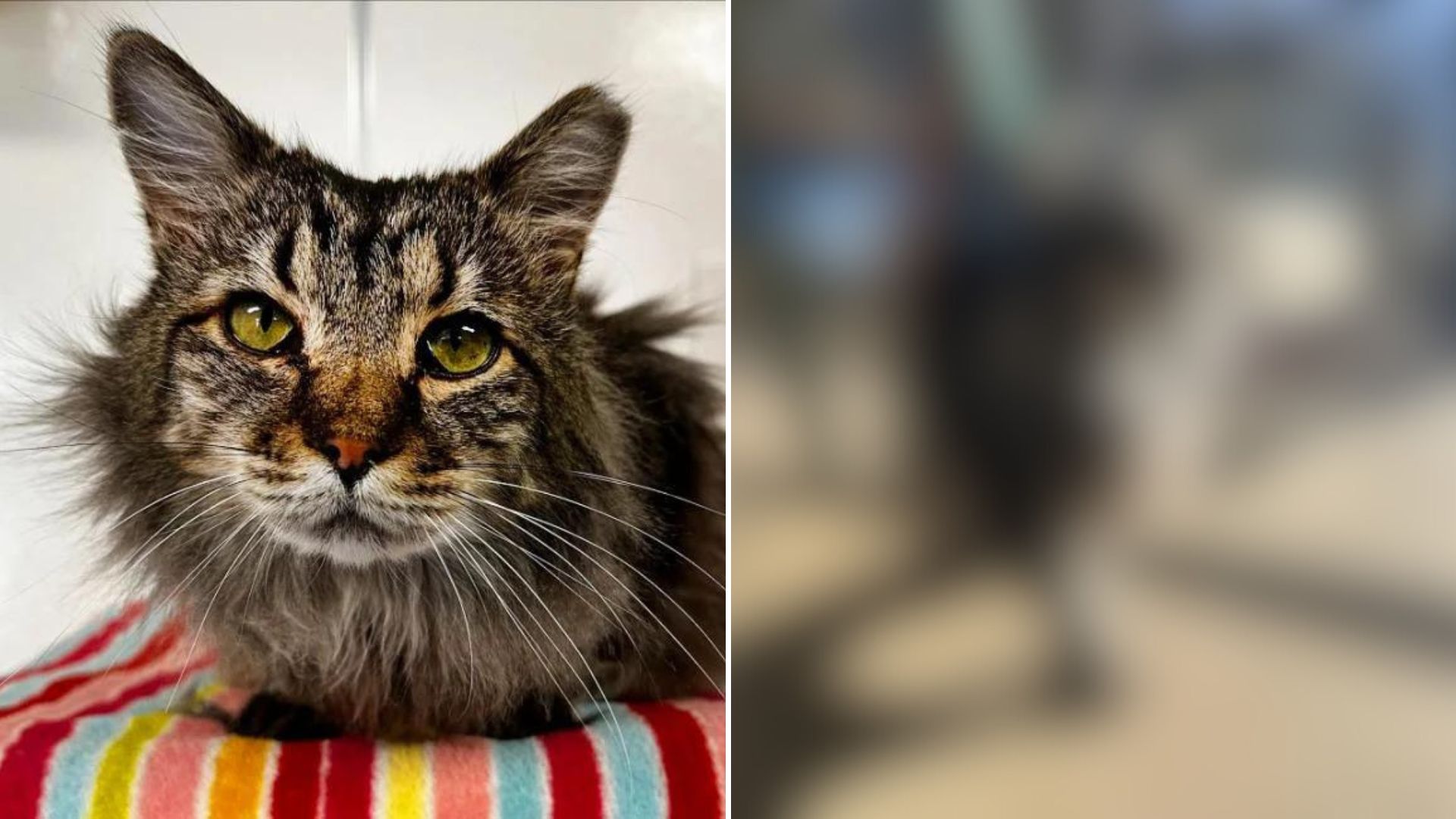In 2014, there were more than 3,000 described snake species around the world, and that number is constantly growing. With that kind of variety, it’s no surprise these slithering critters come in so many colors, patterns, and sizes.

In a 2014 survey by the polling body YouGov, more Americans cited a fear of snakes than a fear of heights, public speaking, spiders, small spaces, and eight other common phobias. Indeed, snakes were the top fear of all, scaring 64% of the 1,000 people polled. The other 36% must see the beauty in these limbless reptiles.
You will too, after you see these nine absurdly gorgeous species.
Sri Lankan Pit Viper (Trimeresurus trigonocephalus)

The wetlands and grasslands of Sri Lanka are the only places in the world to which this small, roughly two-foot-long species is endemic. The Sri Lankan pit viper is noted for its green and black coloration and large triangular-shaped head. Males have a blue tint to them, while females are more green in color.
It turns out, this pit viper’s hue is part of a camouflage technique. Its second line of defense is hemotoxins. This is a kind of venom that destroys red blood cells in the victim. It damages the circulatory system and muscle tissue and causes swelling, hemorrhage, and necrosis. This venomous snake’s bite can bring blisters and even death to humans bitten.
Asian Vine Snake (Ahaetulla prasina)

This snake has an extraordinary geometric pattern. When the vine snake feels threatened, it expands its body, pronouncing the pattern by revealing the black and white between its bright-green scales. When relaxed, the snake has a very slender, nearly fluorescent green body. Vine snakes are also noted for their long, pointy, almost beak-like snouts.
They occur in a variety of habitats, from both dry and moist forests to plantations to urban gardens, throughout Southeast Asia. They are an arboreal species, residing mainly in trees and moving quickly and smoothly between branches. They are most active during the day. While they do have venom, it will not harm humans. In some regions, populations are threatened by development and local collection for traditional medicinal purposes.
Green Tree Python (Morelia viridis)

The green tree python is, of course, best known for its coloring. The vivid green coloration of adults helps it blend in to its tropical rainforest habitat in New Guinea, Indonesia, and Australia’s Cape York Peninsula. The snake likes dense vegetation and high humidity. It spends most of its time up in trees during the day, though it comes down to the ground at night.
Juvenile green pythons can be bright yellow, vibrant red, or even a very dark brown for the first six months to one year of their lives. While gorgeous in its adult coloration, this arboreal snake is also stunning when it’s young and going through color changes.
The snake, which grows up to five feet in length, is nonvenomous. It uses its prehensile tail to climb trees and help hunt. It tends to coil up and rest horizontally on branches, while dangling its tail as a lure for passing prey—typically small mammals and reptiles. Juvenile snakes are more active during the day and hunt smaller animals, while adults are nocturnal and hunt larger mammals after dark.
San Francisco Garter Snake (Thamnophis sirtalis tetrataenia)

Considered endangered in the state of California where it resides, the San Francisco garter snake has a stunning color pattern of dark orange, turquoise, black, and deep coral. It has been called “the most beautiful serpent in North America.” Although the snake can grow to up to three feet in length, it is harmless to humans.
Found primarily near water, the San Francisco garter snake’s red tongue with black tips is thought to lure fish and its most favorite prey, the California red-legged frog. There is concern that pesticides are harming garter snake populations (among other species), which is why the Center for Biological Diversity is “challenging the Environmental Protection Agency’s registration and authorization for use of 44 toxic pesticides in and upstream of habitats” in the Bay Area.
Eyelash Viper (Bothriechis schlegelii)

Named for the “supraciliary” scales that protrude above its eyes, this bizarre-looking snake is both highly venomous and beautiful. Eyelash pit vipers come in a variety of color variations including bright yellow, pink, green, and brown. They are relatively small yet chunky, growing between 20 and 30 inches in length, with a wide, triangular-shaped head. Females are generally larger than males.
Yellow eyelash pit vipers are often found in banana trees where they blend in easily. Their keeled scales are particularly rough to the touch, but the adaptation is thought to protect them against the branches they climb while hunting for food.
These snakes live in forests and streamside vegetation throughout the Americas as north as Mexico and as south as Colombia. They like wet, humid forests at low to mid elevations, and they like to be near water. They hunt for small mammals like mice and opossums, as well as bats, birds, frogs, and lizards.
Banded Sea Krait (Laticauda colubrina)

Beautiful snake species inhabit the ocean, too. Also called the yellow-lipped sea krait, the banded sea krait’s characteristic yellow marking extends across its lip and under its eyes. It has a series of 20 to 65 black bands around its smooth body.
An amphibious species that lays eggs on land and drinks fresh water, but feeds in the ocean, the banded sea krait has valved nostrils and a paddlelike tail that allow it to swim and hunt for prey in water. The snake can hold its breath for long periods of time before needing to emerge from the ocean for air. Prey is paralyzed by venom and swallowed whole. At that point, the snake returns to land and can spend several weeks digesting its meal.
It can be found in tropical waters around the eastern Indian and western Pacific oceans, and it likes to hang out on coral reefs and rocky shores. It’s believed that banded sea kraits pose no threat to humans; they rarely interact, unless caught accidentally by fishermen, and often the kraits have died by being trapped for too long.
Brazilian Rainbow Boa (Epicrates cenchria)

Primarily brown or reddish-brown in color, the trait that stands out the most in this boa species is the iridescent shimmer of its scales. This striking feature is most prominent after shedding. Brazilian rainbow boas, which can range from four to six feet in length, have black stripes on the top of their heads and black rings down their backs. Females tend to grow larger than males.
They live in lower Central America, inhabiting rainforests and humid woodlands but also savannas. They can be found in the Amazon River basin, along the coast of Guyana, French Guiana, southern Venezuela, and Suriname. Like other boas, they are nonvenomous, instead using constriction to kill prey.
Formosa Odd-Scaled Snake (Achalinus formosanus)
Another snake species that shimmers with rainbow iridescence is the Formosa odd-scaled snake found in Taiwan and the southern islands of Japan. The snake has a small head and small, black, beadlike eyes. The most common coloration in adults is olive, grayish tan, or black. Young Formosa odd-scaled snakes are usually black. In the light, the entire body appears iridescent.
Odd-scaled snakes—of which there are 23 recognized species—are called so because their scales lay flat instead of overlapping. This snake is nocturnal, hunting for earthworms, slugs, and frogs. It is nonvenomous and docile. It is a fairly small snake, not exceeding three feet in length.
Scaleless Corn Snake (Pantherophis guttatus)

Corn snakes come in a variety of colors from orange to brownish-yellow, depending on their age and where they’re found. Other identifying features include alternating black and white markings on their underside. An interesting variation on the corn snake is the scaleless corn snake, which has few to no scales on its body.
A lack of scales is a natural genetic mutation (a recessive trait) that has been witnessed in the wild. Even scaleless snakes typically have ventral scales on their bellies that help them move across various terrain; otherwise, they would not be able to move.
Scaleless snakes’ eyes appear larger, but that’s because they don’t have scales around them, which causes them to protrude more. These snakes still shed their skin, although it comes off in a single tube-shape piece. It is profoundly smooth, and has been described by some people as feeling like holding a marshmallow or even human skin.
Corn snakes have a docile, gentle nature and are nonvenomous which has made them popular as pets.
What’s the Purpose of Different Colors and Patterns in Snakes?
The pattern and color diversity in snakes is practically limitless. Mostly, their bodies are meant to protect them as much as possible from predators and help them hunt. Studies have shown that longitudinal stripes correlate with rapid escape speed, indicating that they could help camouflage snakes during movement. Blotched patterns are associated with ambush hunting and spotted patterns with “close proximity to cover.”
While the link between venom and pigmentation is still unclear, many poisonous snakes exhibit highly saturated “warning colors.”





